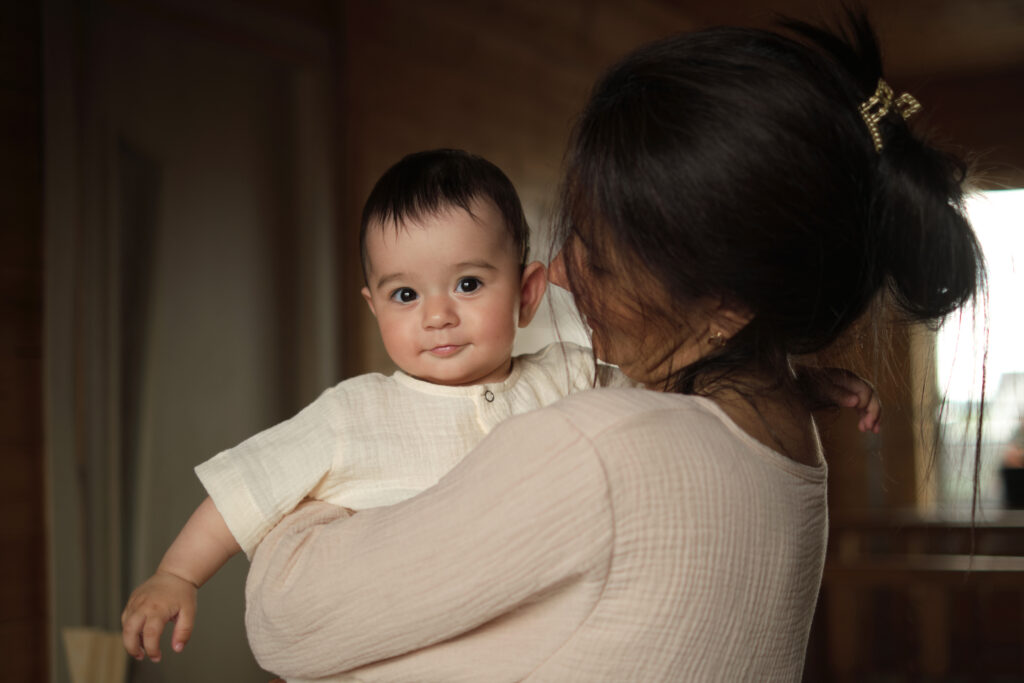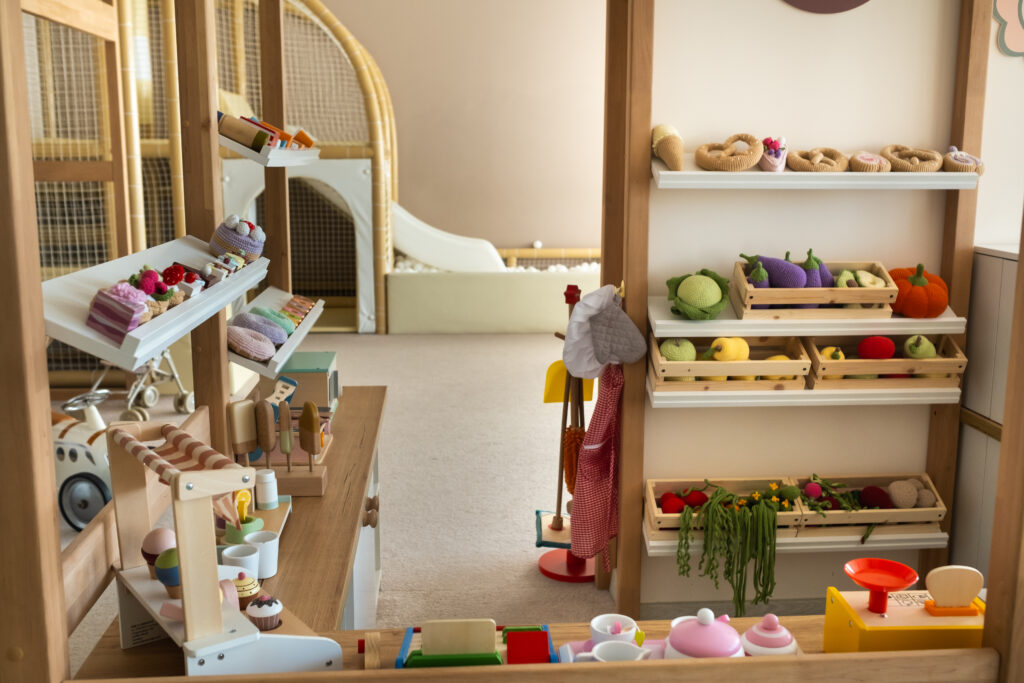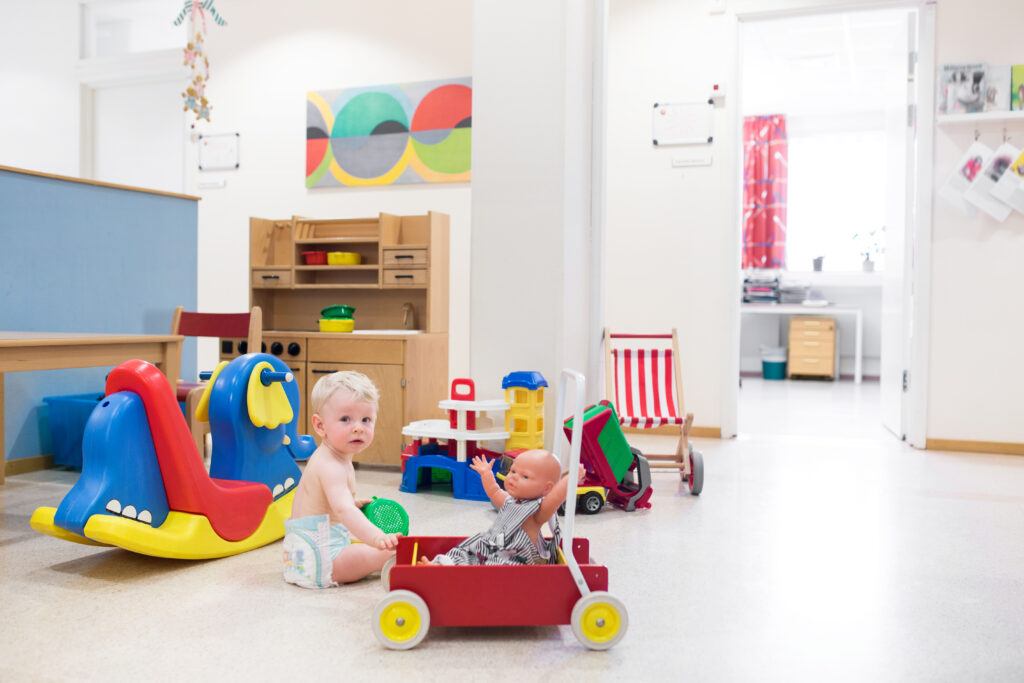Children's Services
Ultimate Guide -
Finding Childcare

How do I find the best nursery near me?

To find the best nursery nearby, parents can use local authority childcare directories, Ofsted’s online search tool, or national childcare websites. Visiting nurseries in person is essential to observe facilities, staff interaction, and safety practices. Comparing Ofsted ratings, speaking with other parents, and checking reviews will also help in identifying the most suitable nursery.
When visiting, parents should also ask about daily routines, meal options, and how staff support children’s learning and development. A strong partnership between parents and staff is key to ensuring continuity of care and making children feel settled.

Where can I find affordable daycares near me?
Affordable daycare centres can often be located through local council listings, online childcare comparison platforms, and community networks. Parents can also look for centres that participate in government-funded childcare schemes, which reduce overall costs. Speaking directly with providers can help clarify fee structures, available discounts, and payment flexibility.
It is also useful to ask about what is included in the fees, such as meals, nappies, and extracurricular activities, as these can significantly affect overall affordability. Some providers may also offer sibling discounts or flexible booking options.






How do I search for government funded childcare centres near me?
Government-funded childcare centres can be found by contacting your local authority or using the government’s childcare search services online. Nurseries, day care centres, and childminders offering funded hours must be registered with Ofsted and meet quality standards. Parents can filter searches to identify providers participating in funded childcare schemes.
Parents should also ask providers how the funded hours are applied, as some centres may charge additional fees for meals or extended hours outside the funded time. Understanding these details upfront helps avoid unexpected costs.
What’s the easiest way to compare daycare centres in my area?
The easiest way to compare daycare centres is by using online childcare websites that allow filtering by location, price, availability, and Ofsted rating. Parents should also arrange visits to see the facilities first-hand. Key factors to compare include opening hours, staff qualifications, cleanliness, safety policies, and the approach to child development.
It is also important to consider how a centre communicates with parents, such as through daily updates, apps, or parent meetings. Good communication can provide reassurance and keep families closely involved in their child’s progress.


Are there childcare websites that help me find nurseries near me?
Yes. There are several websites, such as childcare.co.uk and government-supported search portals, which allow parents to locate nurseries and other childcare providers nearby. These platforms often include filters for location, availability, cost, and special requirements. They may also feature reviews and ratings from other parents.
Parents should still verify the information directly with nurseries, as websites may not always reflect the latest availability or pricing. Contacting providers directly also allows families to ask specific questions about care and routines.






How do I find babysitting services near me?
Parents can find babysitting services through online babysitting websites, local community noticeboards, agencies, and personal recommendations. Many websites provide profiles of babysitters, including references, experience, and checks carried out. Parents should also consider interviewing potential babysitters in advance to assess suitability and trustworthiness.
It is advisable to check whether the babysitter has first aid training and previous childcare experience, especially for younger children. Agreeing expectations around routines, meals, and bedtime can also help ensure consistency for the child.
How can I find infant care near me?
Infant care providers can be found by searching local council childcare directories, Ofsted’s online database, or childcare comparison websites. Nurseries, day care centres, and some registered childminders provide care for infants, though age limits vary. Parents should confirm that staff are trained in infant care and that facilities are safe and designed for very young children.
When choosing infant care, it is also important to look at how staff handle feeding, nappy changing, and nap schedules, as these routines are central to a baby’s wellbeing. Low staff-to-child ratios are especially important for this age group.






What’s the best way to find drop-in childcare near me?
Drop-in childcare options are often offered by larger nurseries, day care centres, or crèche facilities. Parents can search online or contact local centres directly to ask about availability. Some gyms, shopping centres, and workplaces also run crèches that accept short-term bookings. It is important to confirm opening hours, age restrictions, and costs in advance.
Parents should also check whether drop-in services are staffed by qualified carers and whether the facilities meet health and safety standards. Since bookings are often short notice, it is worth keeping a list of trusted providers for emergencies.
How do I locate nearby daycare centres with good reviews?
Parents can use childcare websites, Google reviews, and parenting forums to find daycare centres with strong reputations. Ofsted inspection reports provide an official measure of quality, but parent reviews often highlight practical details such as communication, flexibility, and daily routines. Visiting in person remains the most reliable way to assess quality.
It may also be helpful to ask providers for references from current parents, as this can give a more personal perspective. Word-of-mouth recommendations within local communities are often highly reliable.

Where can I find reliable emergency childcare near me?
Reliable emergency childcare can be arranged through specialist agencies, local nurseries that keep spaces for short-notice use, or registered childminders offering flexible arrangements. Many agencies now allow parents to book emergency childcare online, connecting them with pre-vetted carers. Parents should confirm staff qualifications, background checks, and safeguarding policies before use.
Parents may also want to register with an emergency childcare agency in advance so that arrangements can be made more quickly when needed. This preparation can help reduce stress during unexpected situations.

